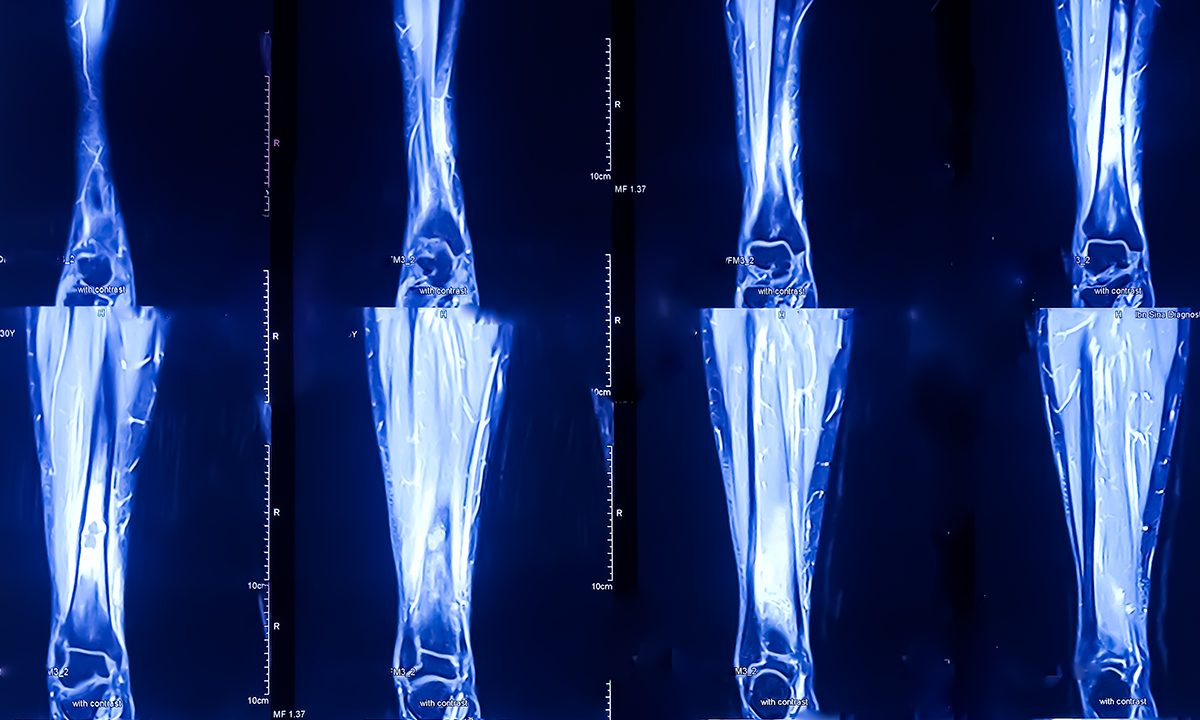What is fracture-related infection? Causes, symptoms and treatment options

Breaking a bone, also known as a fracture, is painful and disruptive to everyday life. However, when fractures are complicated by infections, the healing process can be challenging. Orthopedic trauma surgeon Dr. Christopher Perkins, associate professor of orthopedic surgery, explains the causes, symptoms and prevention of fracture-related infections (FRI).
What causes infections after a fracture?
FRI occurs more frequently in open fractures when the fractured bone protrudes from the skin. Normally, the skin serves as a natural barrier against bacteria. However, if the skin is broken (either by the fracture or by surgery), bacteria can more easily come into contact with the bone, potentially leading to an infection. Additionally, infections can occur because of any surgical fix of a fracture. FRIs can co-exist with unhealed fractures (non-union) or bone defects. “Having a fracture-related infection is a significant complication,” Perkins said. “It takes teamwork and effort to overcome the problems associated with it.”
Symptoms
Recognizing the symptoms of an infection early can make a difference in treatment outcomes. Common symptoms include:
- Increased pain around the site
- Warmth, redness and swelling
- Fever, chills and excessive sweating
- Persistent, increasing or new drainage around the wound
“Usually, drainage occurs when a fracture has been previously fixated with hardware and is the most common symptom that patients recognize,” Perkins explains.
Risk factors
Certain factors can increase the risk of developing an infection after a fracture, including:
- Chronic diseases such as diabetes and obesity
- Immune deficiencies
- Hemodialysis
- Nicotine/drug use
Treatment options
Treating infections after a fracture often involves a combination of surgical and medical interventions. Treatments for fracture-related infections may include:
- Removal of fracture hardware
- Surgical debridement of bone
- Local delivery of antimicrobial agents
- Phage therapy
- Repair of fracture nonunion
- Bone transport
- Bone grafting (various techniques)
- Ilizarov external fixation
“The mainstay of treatment is surgical debridement (removal of the hardware of the non-living tissue or bone). Often, our team works with plastic surgeons, infectious disease providers and other specialists to promote the best outcomes for our patients,” Perkins said.
Overall, fracture-related infections are a serious concern, but with proper treatment and attention, they can be managed effectively.
By Shelby Moser, communications manager in the Joseph Barnhart Department of Orthopedic Surgery



